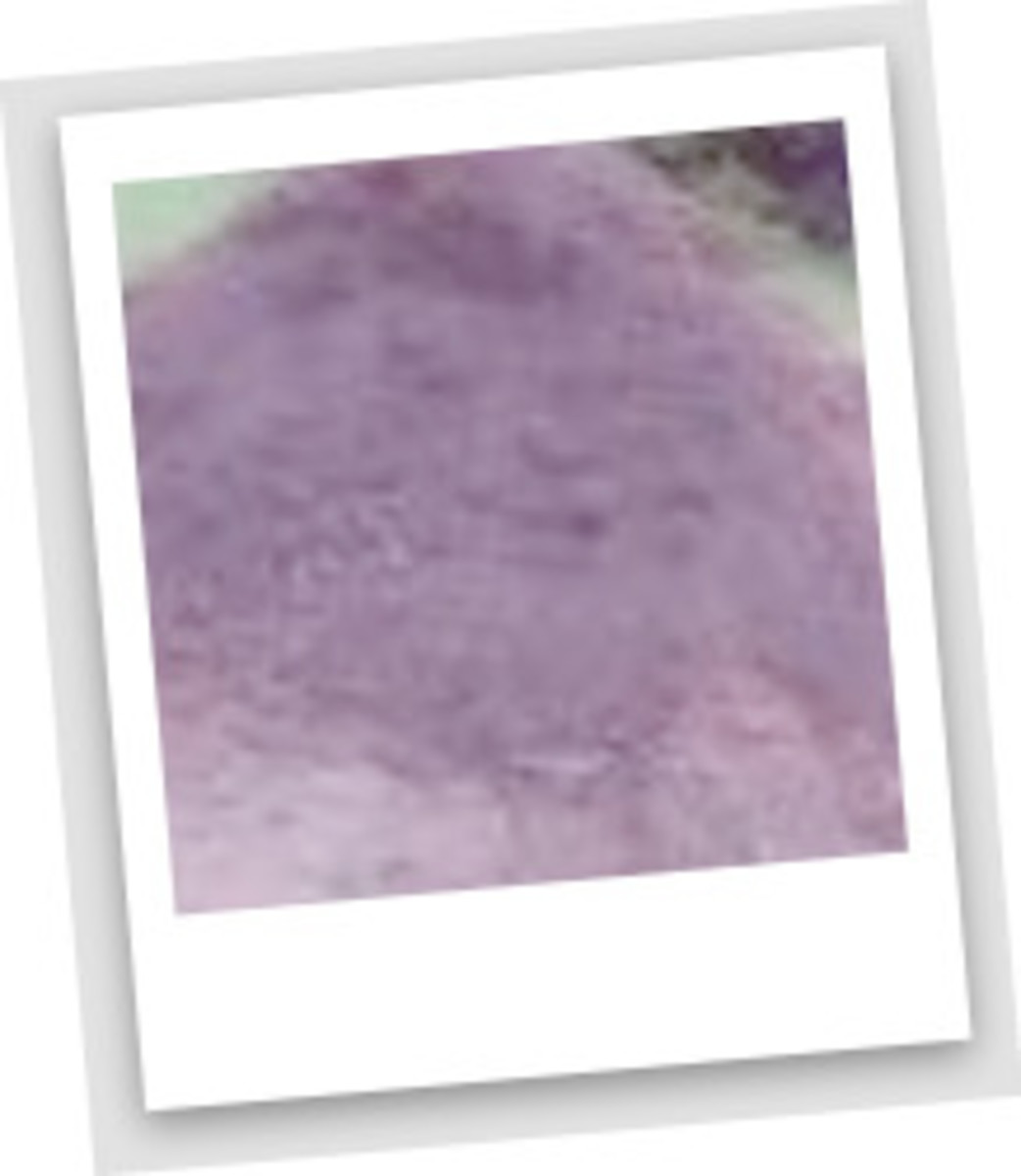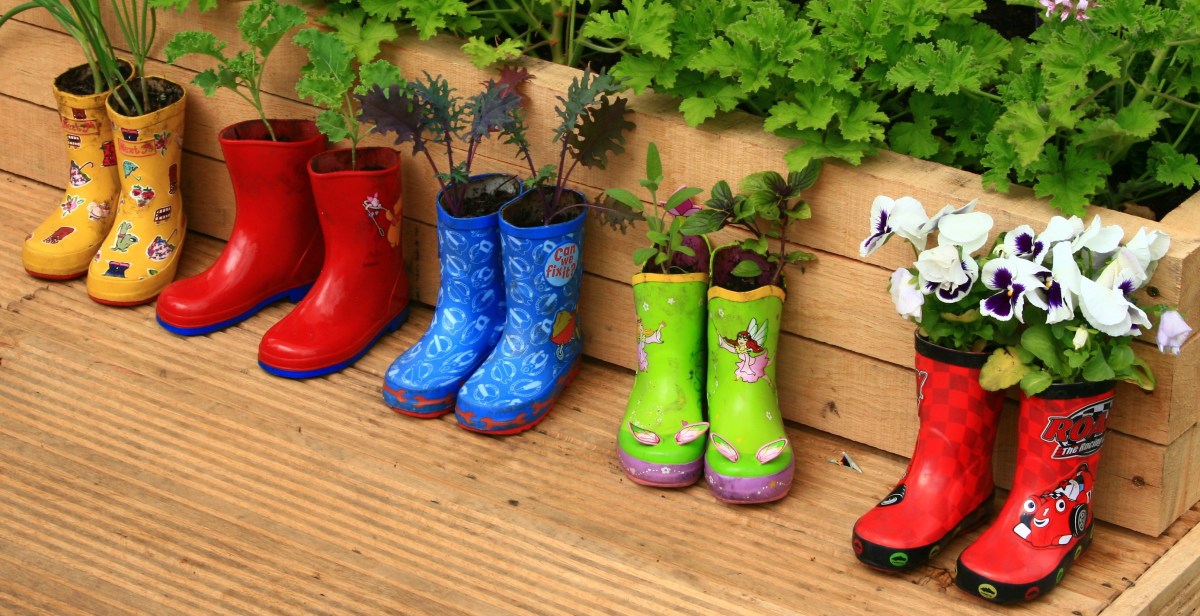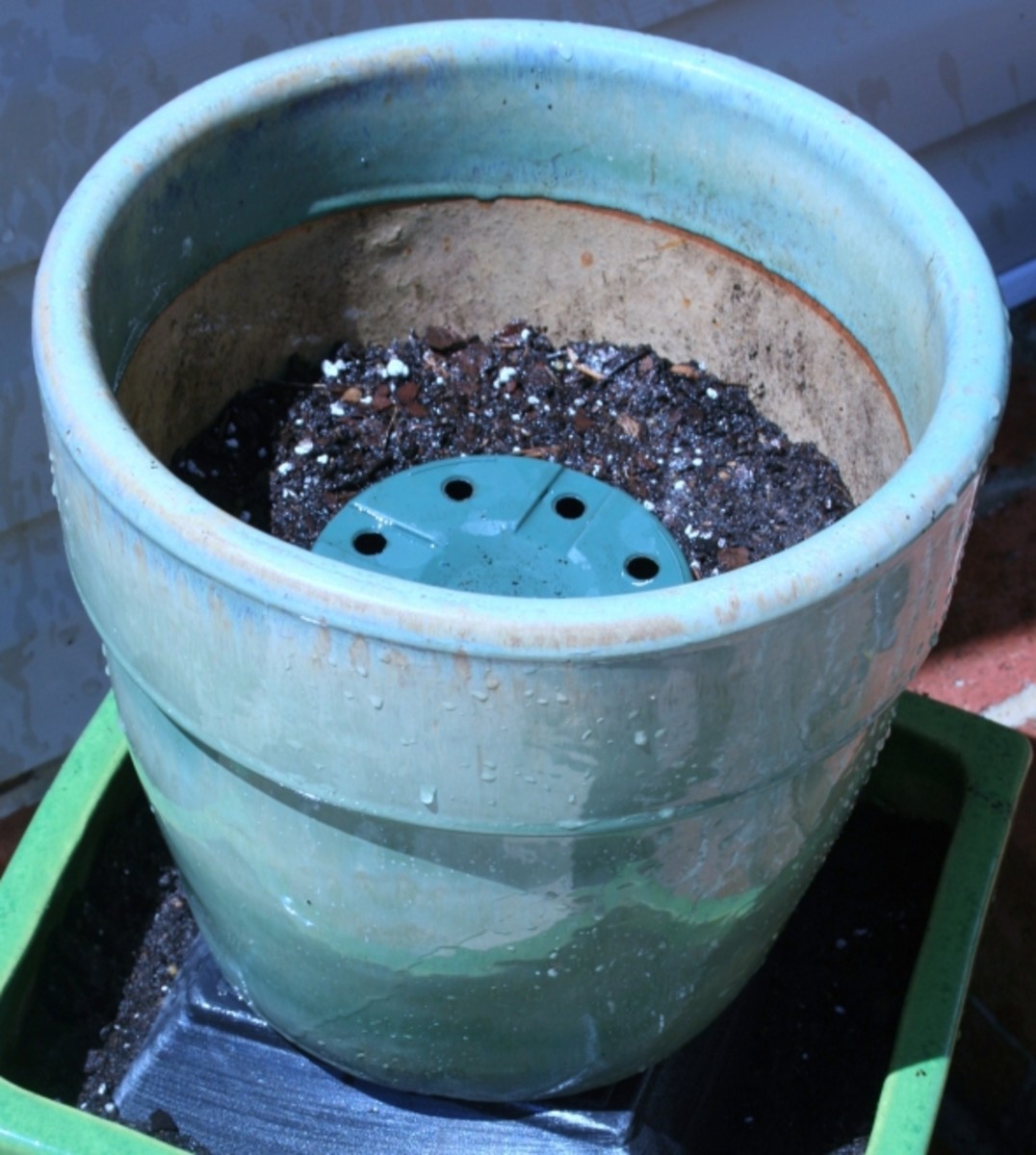The Real Dirt on Potting Soil
Soil Content
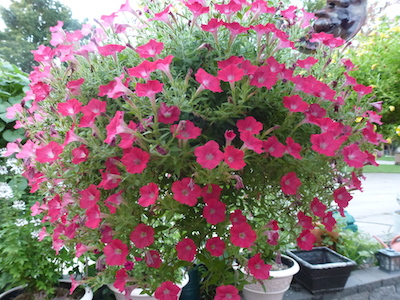
Seed Starting
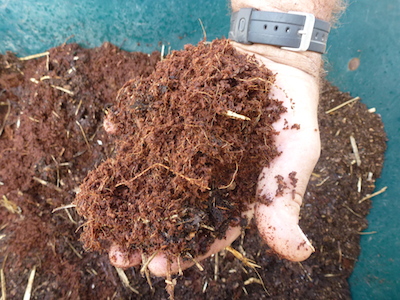
Soilless Soil?
Mix up potting soil or buy bagged?
Good quality potting soil is not really dirt at all, but a mix of several ingredients that may include peat moss, vermiculite, sand, perlite, core or compost.
Make your own potting mixes and seed starting mixes if you need a large amount. It may be easier to just buy a bagged mix if you need a small amount.
- Seed starting mix is predominantly peat moss and can contain bark or coir (coconut fiber). Use this simple mix to start seeds.
- Potting soil is a light, weed and disease free blend of ingredients suitable for potting and growing plants. Use this mix for container gardens.
Coir Disk
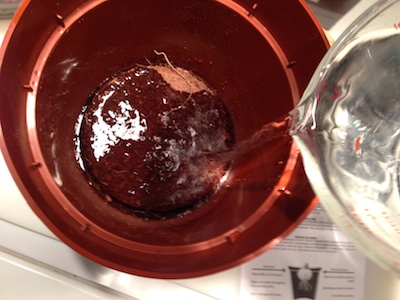
Rehydrated Coir
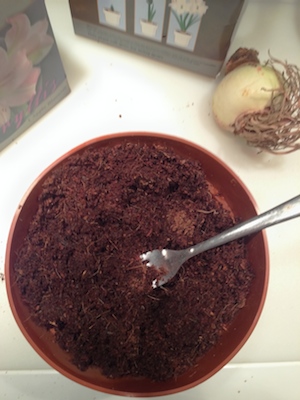
Organic and Inorganic
Ingredients in potting mix are organic and inorganic.
Organic materials usually make up about 40% to half of the materials in potting soil. Inorganic ingredients compose the balance of the planting mix.
Canadian sphagnum peat moss is the most common variety of peat moss used by home gardeners. The words peat moss or peat refer to Canadian sphagnum peat moss in this article.
Peat moss is quick draining and also water retentive. It's lightweight and inexpensive. Peat is difficult to work with until it is moistened. Many gardeners are replacing all or part of their peat moss with coir.
You do not need to add fertilizer to seed starting mixes. Extra fertilizer may burn new, fragile seedlings. Add compost to your mix to provide nutrients that young plants require.
Inorganic materials improve drainage and add weight Inorganic ingredients like sand, vermiculite, and perlite generally lend porosity to a mix, but they can also help retain moisture and add weight or density.
I started making my own container mix after buying some bad, unidentifiable bagged material labeled as potting soil from a national chain.
Potting Soil
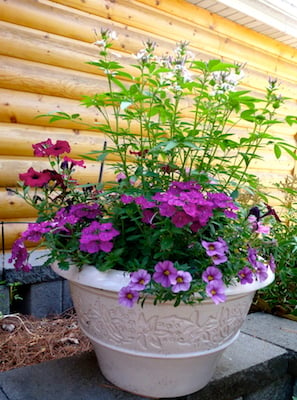
Seed Starting and Potting Soil Recipe
Basic Seed Starting Mix
8 parts peat moss or coir
1 parts perlite
1 part vermiculite
Basic Potting Soil Mix with Compost
6 parts Sphagnum Peat Moss or coir
1 part Perlite 1 part Vermiculite
2 parts Compost
Enriched Basic Potting Mix
6 parts Peat Moss or coir
1 part Perlite 1 part Vermiculite
2 parts Compost
1 part sharp sand or builder's sand
Green Sand (add green sand based on the size of your container)
Slow release (fertilizer add fertilizer based on the size of your container)
Free Plant Tags
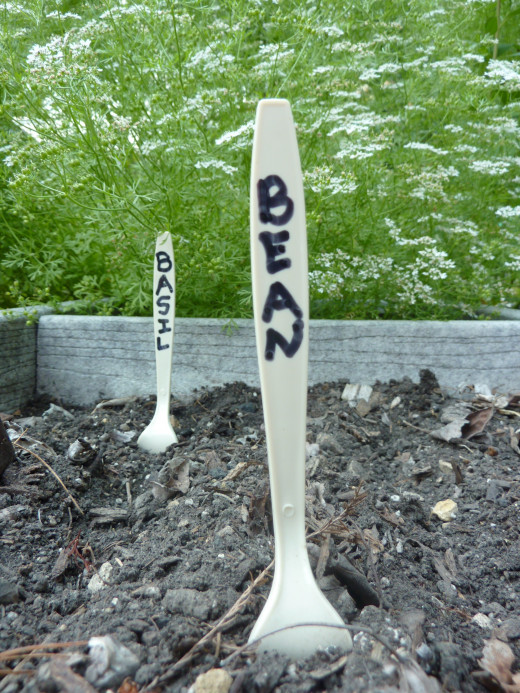
Garden Tip
Buying bagged commercial potting soil, manure or compost, is easier to open if you have a cheap plastic knife handy. Open potting soil bags by dragging a plastic knife across the bag. It will open those weighty bags of potting soil or topsoil faster than most pricey garden gadgets.
Before dumping disposable plastic ware, use it one more time. Recycle plastic forks, spoons and knives as plant markers. You will probably use plastic flatware at a picnic this summer and most of it will go into the trash.
They aren’t frugal if you buy them especially for this purpose , but if you happen to use plastic ware this summer, recycling for garden use will keep just one more thing out of the landfill.
Bagged Amendments
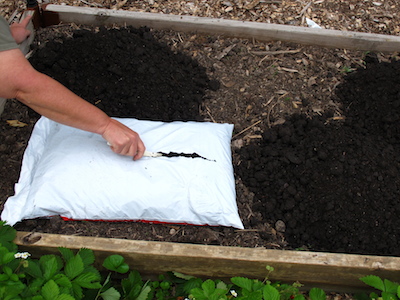
Soilless Soil
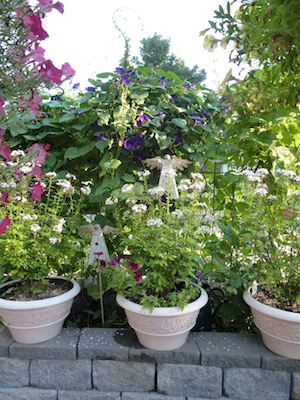
Peat Moss vs Coir
Canadian sphagnum peat moss is a natural, organic soil conditioner.Peat is partially decomposed sphagnum moss. It absorbs and holds 16 to 20 times its dry weight in water. Peat moss is excellent for seed starting because it cannot sustain the soil-borne fungi that cause damping off.
Plants that require acidic soil, like azaleas, conifers or rhododendrons, will benefit from the addition of slightly acid peat moss. Most plants thrive between 6.0 and 6.5 because the most nutrients are available in that range.
A pH between 6.6 and 7.3 is neutral. Higher numbers are alkaline. Lower pH numbers are acidic. Most garden vegetables grow best in neutral to slightly acidic soil. Peat moss has a pH of 3.6 to 4.5, which is considered acidic.
Coir is an organic medium that can be used as a peat substitute. It is a natural fiber from the husk of a coconut. Coir retains more water than peat. The coconut fiber absorbs about 30% more water than peat moss. The pH of coir (5.5 to 6.8) is more neutral than that of peat (3.6 to 4.5).
Because coir has a more neutral pH and greater water holding capacity, it is an excellent choice for hanging baskets.
It is easy to transport or store in it's compressed form. When soaking, make sure the container is big enough for the expanded coir. Remember, coir will expand five to seven times.
Try coir (coconut fiber) instead of Canadian sphagnum peat moss in these applications:
- Compost - A carbon rich (brown) material that balances nitrogen-rich (green) kitchen scraps or grass cuttings in the compost piles.
- Soil amendment - Use coir to amend clay soil making it lighter, more porous and able to hold water. In sandy soils, it creates water holding capacity.
- Potting soil - Coir as an affordable main ingredient when making your own potting mix.
- Bedding material – Vermicomposters use coir as bedding for worms.
Conserve Potting Soil
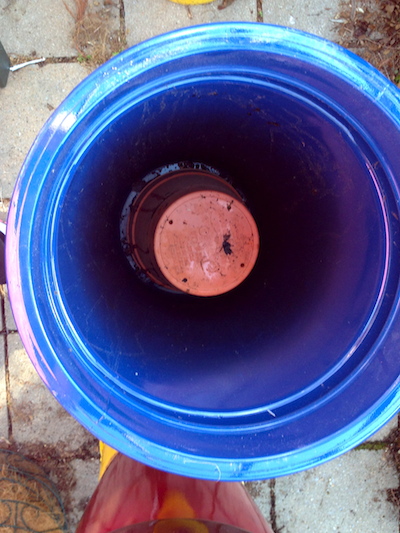
Custom Container Mix
Make your own custom container mix with these key ingredients.
Sphagnum Peat Moss - The most frequently used ingredient, peat moss decomposes slowly and holds water.
Coir - Coir is a coconut fiber with excellent water holding capacity.
Soil - soil is seldom used in seed starting or potting mixes. If you do choose to use topsoil or garden soil, be sure to sterilize it first. Spread it out on a cookie sheet and bake it for 20 minutes at 200° F. Stir soil halfway through the process. Some organic mixes still use real soil in their bagged mixes.
Sand - Sand such as builder’s sand, or coarse sand, will add air space to potting mix.
Avoid fine sands that will create a dense, heavy mix. Sand is a good choice for big, top-heavy plants that may tip over.
Perlite - Perlite is a pH-neutral, lightweight volcanic rock. It can be used to replace sand.
Vermiculite - Vermiculite is light and should be handled gently. Otherwise it compacts and loses its air-holding ability.
Compost - Compost holds water well and provides nutrients. What type of nutrients and how much depends on the materials used to make the compost.
Composting
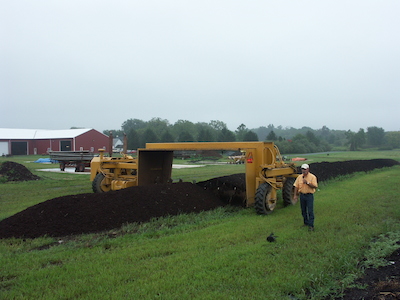
© 2014 Patsy Bell Hobson


